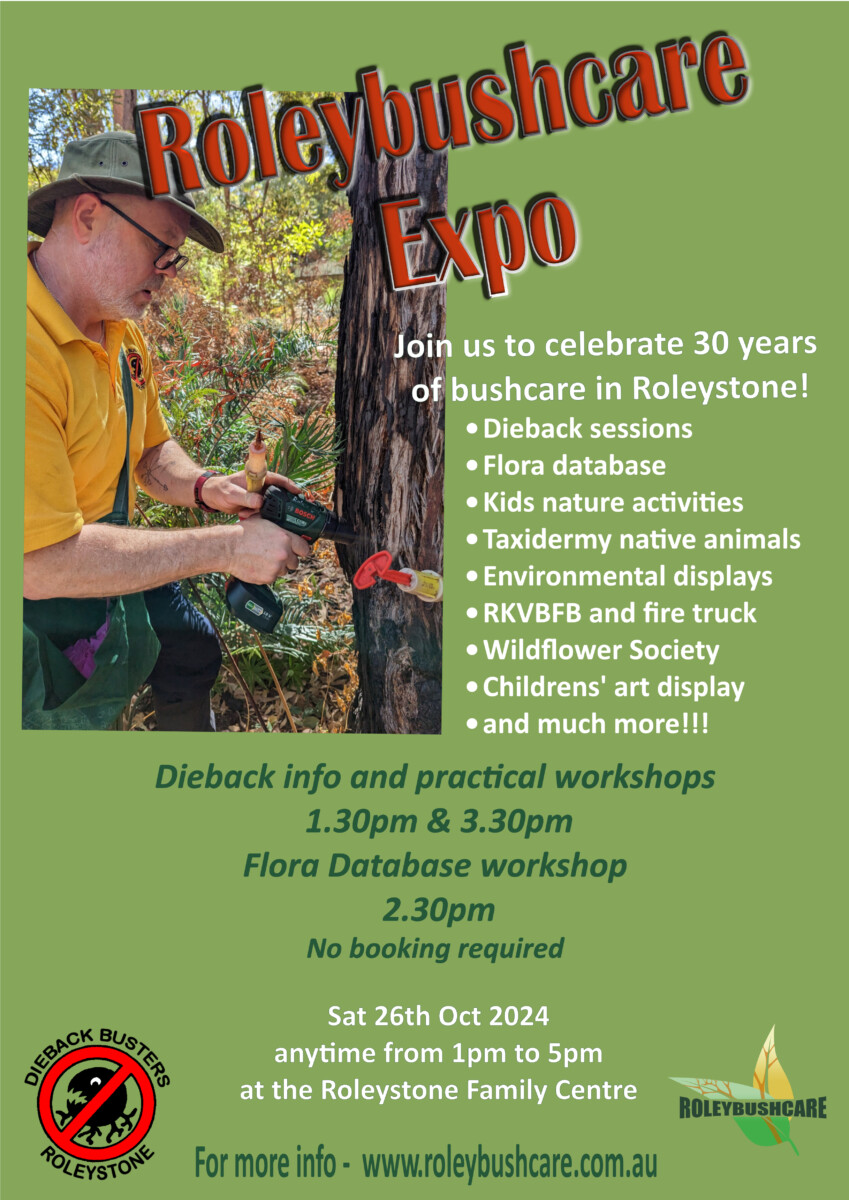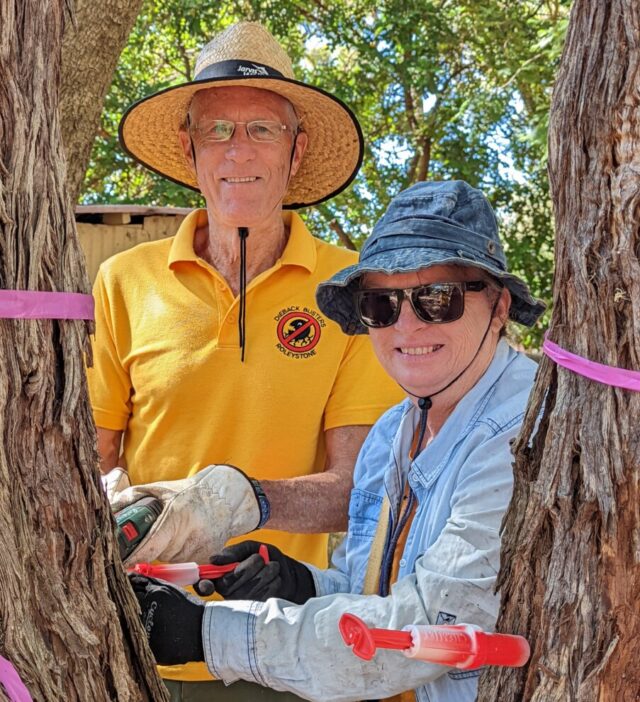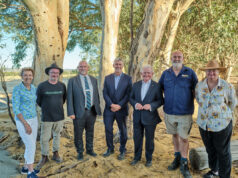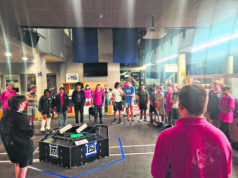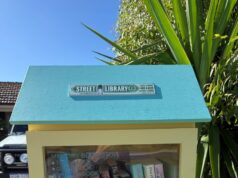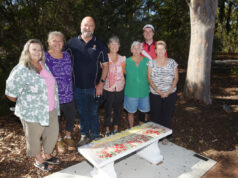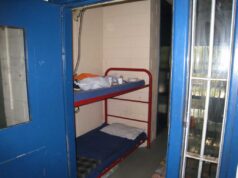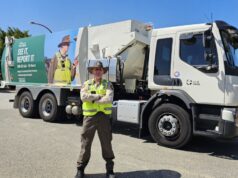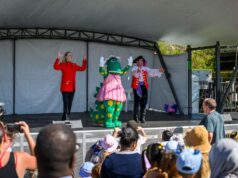This month Roleybushcare volunteers will celebrate thirty years of safeguarding local trees from a biological bulldozer.
Who knows what bleak future Roleystone reserves might have faced without their decades of dedication to treating trees susceptible to dieback, and educating the public about the pathogen that causes it.
Western Australia’s unique bushland has been under the threat of dieback for at least 100 years.
The first inexplicable death of jarrah trees in the state was observed in Karragullen in 1921. Seven years later, tree deaths were noticed in Myara Hill.
During the 1940s, after the timber industry was well into its transition from rail to road transport, the proliferation of dying stands of jarrah trees increasingly concerned the Forests Department – the phenomenon became known as jarrah dieback.
But it wasn’t until 1964 that the cause was identified by Kelmscott-based Forestry and Timber Bureau research officer Frank Podger.
Dieback is, in fact, caused by a microscopic water mould called Phytophthora cinnamomi (Pc) which travels from plant to plant through soil, water and through root-to-root contact.
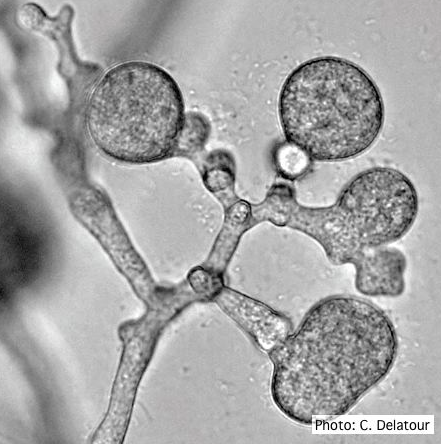
It is mostly spread by humans whose cars, bikes, four-wheel drives, heavy machinery, trucks and shoes carry infested soil from dieback-infested areas into clean areas. It’s also spread when dirty tools are used, and through contaminated nursery stock.
The name Phytophthora is a Greek word meaning ‘plant destroyer’, an incredibly apt name for a tropical pathogen which invades and rots the roots systems of plants, starving them of food and water.
As consciousness about Pc increased, Podger discovered that it threatened not just one singular forestry species, but whole ecosystems.
Tragically, more than 40 per cent of Western Australian native plants are susceptible to the disease (approximately 2,300 unique species), and over one million hectares is already infected in WA, particularly in the south west – one of the world’s 35 biodiversity hotspots.
Banksias are particularly vulnerable to the Pc plague.
“Banksias are like ice cream cake to Phytophthora cinnamomic. And grass trees too,” Roleybushcare education officer Mady Colquhoun said.
And it has caused devastation to susceptible habitats of some threatened species of animals.
It causes the most havoc in areas with an annual rainfall more than 800mm.
For decades the predominant thinking was that the battle was already lost once the pathogen was introduced. And to some extent that’s true; Pc cannot be eradicated once it has already taken hold. So, state efforts were focussed on hygiene and quarantine to halt its spread, and revegetation with dieback-resistant species.
But in the late 1980s, the Department of Biodiversity, Conservation and Attractions began research into the use of phosphite to combat the effects of Pc. They discovered that injecting phosphite into the stems of jarrah and several banksia species afforded them protection against dieback for a few years. A trial of the aerial application of phosphite began in 1993.
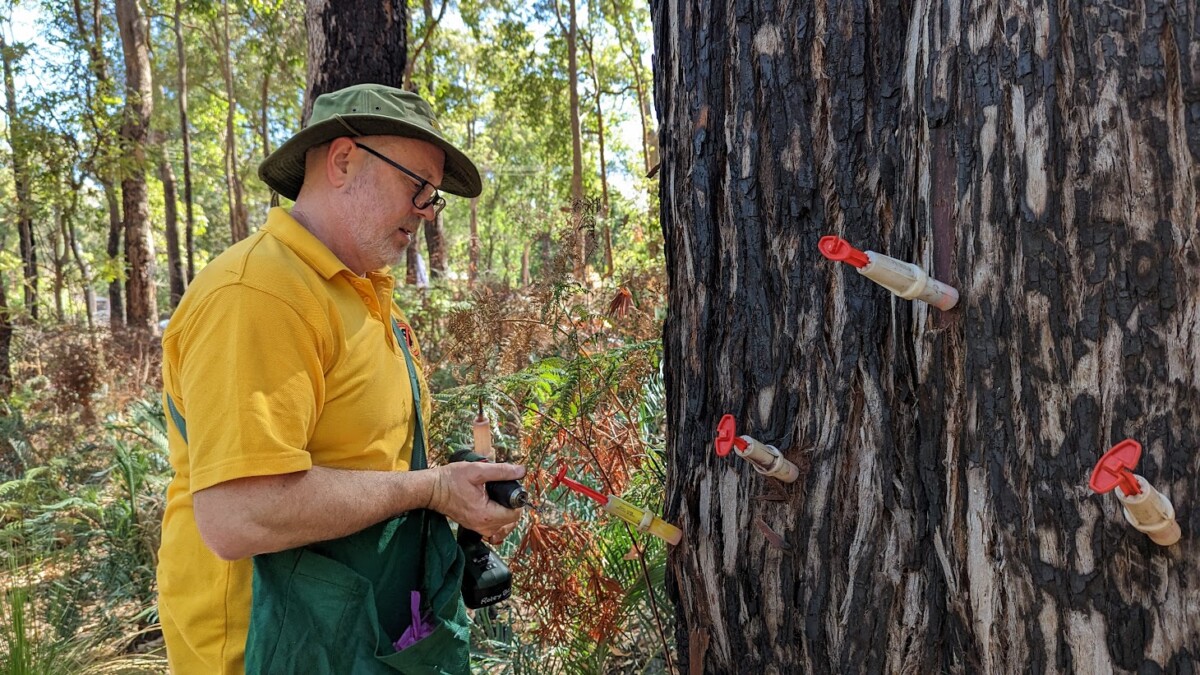
The following October, Dr Ian Colquhoun and some likeminded friends founded the Roleystone Dieback Action group (Dieback Busters) and began injecting trees around reserves in the local area, and educating the community about managing the Pc scourge.
“When we go back to retreat those same reserves now, it’s inspiring to see how healthy the trees are,” Mady Colquhoun said.
“And we know that our treatment is helping these trees to thrive.”
Roleystone Dieback Action group is unique as the only collective in the Perth metro to have evolved for the explicit purpose of dieback management. It later diversified into other bush management areas, and became Roleybushcare.
And the Roleybushcare website, which was developed in 2006, is a wealth of information which attracts thousands of users from all over Australia and the world – making Roleybushcare a crucial pillar in the global fight against dieback.
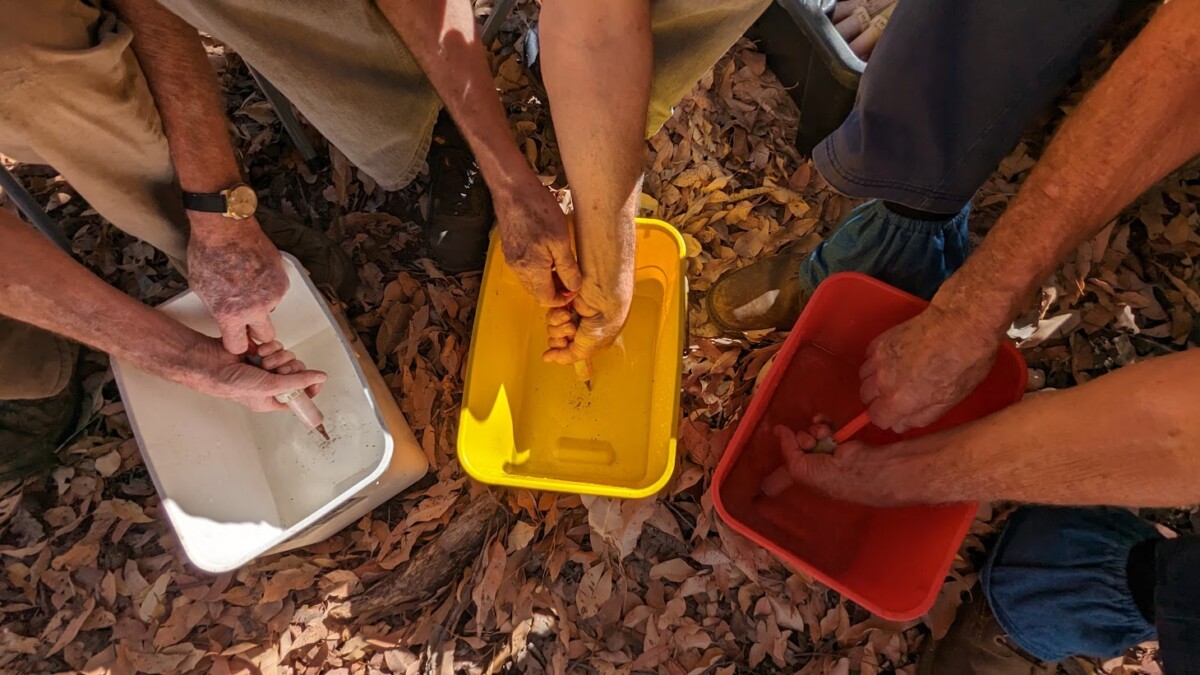
While other volunteer-dependent groups have suffered membership decline over the past decade, Roleybushcare is thriving, much like the trees they help protect.
It boasts a hundreds-strong mailing list and around 60 regular active members who attend the monthly injection field days from September to April.
Together, they protect every public reserve in Roleystone – a feat well outside the local government’s capacity to achieve.
“The amount of volunteer hours put in is amazing. We welcome absolutely everybody, and we’re just an easy-going, friendly bunch of people who have a mission to keep our trees safe,” Mady Colquhoun said.
On the eve of this momentous anniversary, Mady said she is “stunned to have seen it through for 30 years”.
“The trees are still alive, so we’re doing something good,” she said.
On Saturday, October 26, Roleybushcare volunteers will celebrate with an expo at the Roleystone Family Centre.
There’ll be dieback information sessions and practical workshops at 1.30pm and 3.30pm where the community can learn how to effectively inject trees.
At 2.30pm there’ll be a demonstration of the Roleystone flora database which has been created to help locals identify the native plants in the local reserves and on their own bush blocks.
There’ll also be kids’ activities, environmental and taxidermy native animal displays, and the Roleystone Karragullen Volunteer Bush Fire Brigade will be there with their truck.
“It’ll be a relaxed afternoon – there’s no need to book,” Mady said.
“If we can get people who have never injected before to get on board and learn how to treat their own trees then it’ll be a great day.”
